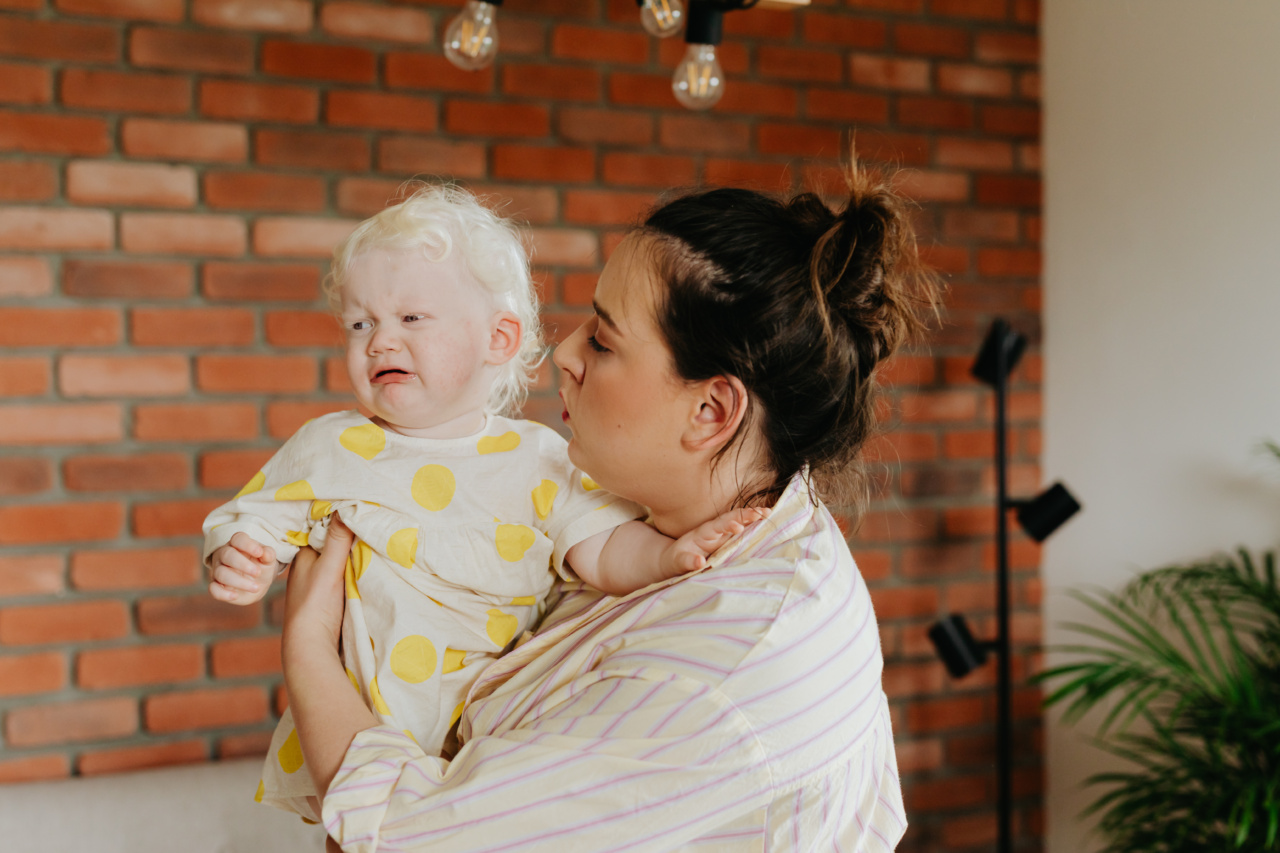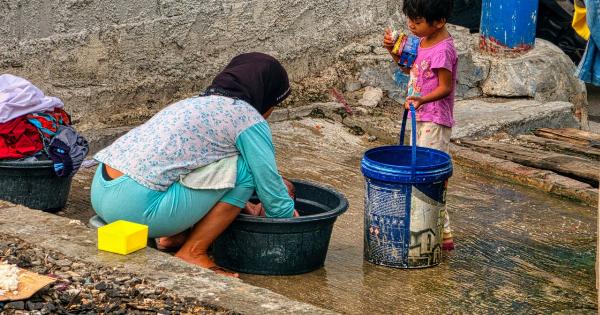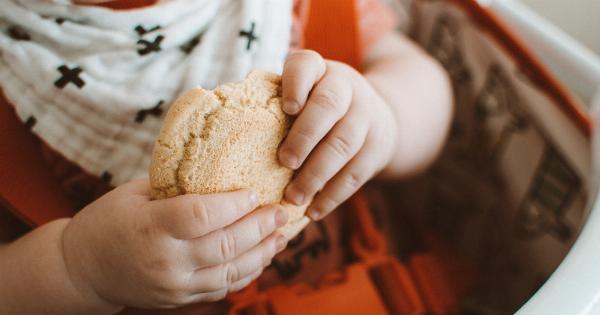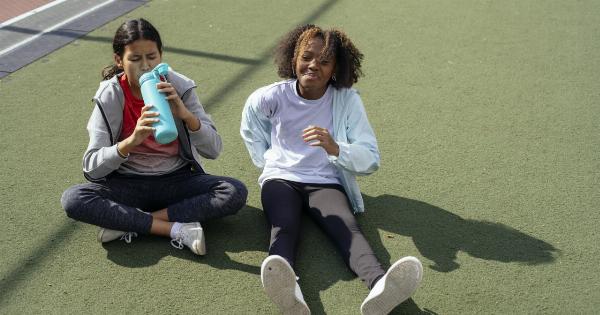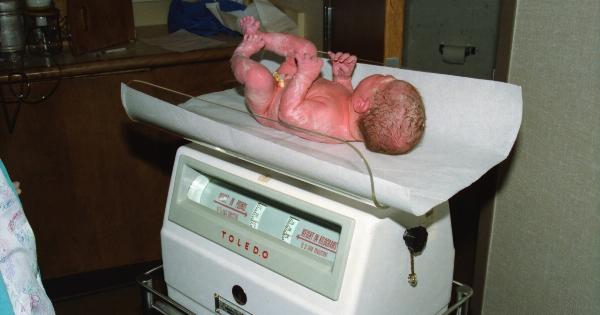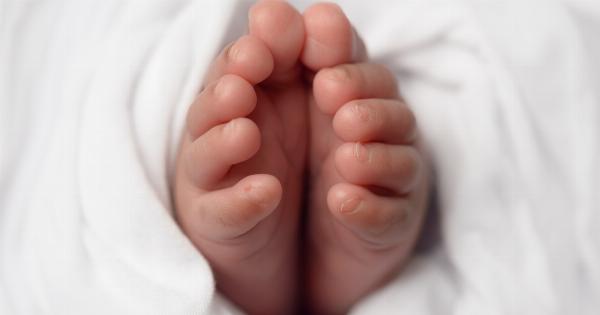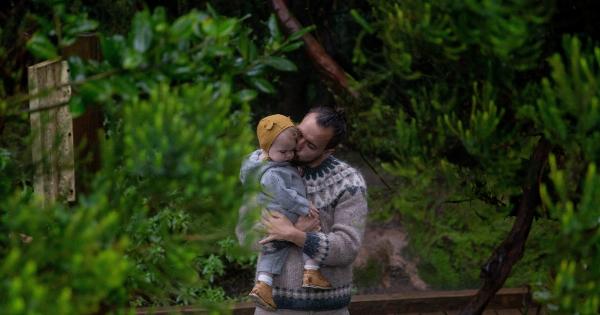When it comes to the health and well-being of our little ones, there is nothing more important. Protecting them from harm and ensuring their safety is a top priority for parents and caregivers.
Unfortunately, there is a dangerous sickness lurking that poses a significant threat to the lives of babies and kids. This sickness has the potential to cause severe complications and, in some cases, even lead to death. It is crucial to understand this sickness, its symptoms, and how to prevent its spread in order to safeguard our children.
What is the Dangerous Sickness?
The illness we are referring to is known as pneumonia. Pneumonia is a serious infection that affects the lungs, making it difficult for affected individuals to breathe properly.
It is caused by different types of germs, such as bacteria, viruses, or fungi, and can affect people of all ages. However, it is particularly dangerous for babies and young children due to their underdeveloped immune systems.
Signs and Symptoms
Recognizing the signs and symptoms of pneumonia is crucial for early diagnosis and treatment. Some common symptoms of pneumonia in babies and kids include:.
- Fever: A high temperature is often the first sign of an infection, including pneumonia.
- Cough: A persistent cough that may be accompanied by phlegm or mucus.
- Rapid breathing: The child may breathe faster than usual, and their chest and nostrils may show visible movements.
- Wheezing: A whistling sound during breathing is a sign of airway obstruction and should not be ignored.
- Fatigue: Unusual tiredness, lack of energy, and decreased appetite can indicate an underlying illness.
- Chest pain: Children may experience discomfort or pain in the chest, especially while breathing deeply or coughing.
- Blue lips or nails: A bluish tint to the lips, nails, or skin is a severe symptom of oxygen deprivation, demanding immediate medical attention.
- Difficulty feeding: Infants may experience difficulty with breastfeeding or bottle-feeding due to respiratory distress.
- Irritability: Babies and young children may become fussy, restless, or irritable, signaling that something is wrong.
- Skin rash: Some types of pneumonia caused by certain bacteria or viruses can manifest with a rash.
Prevention and Treatment
Preventing the onset of pneumonia is essential for safeguarding the health of babies and young children. Here are some crucial preventive measures:.
- Vaccination: Following the recommended immunization schedule helps protect against various pathogens that can cause pneumonia.
- Hand hygiene: Regularly washing hands with soap and water, especially before handling infants or preparing food, helps prevent the spread of germs.
- Breastfeeding: Breast milk provides essential nutrients and antibodies that boost the baby’s immune system, making them less susceptible to infections.
- Smoke-free environment: Exposure to secondhand smoke increases the risk of pneumonia in children. Keep the child’s living space free from smoke.
- Proper nutrition: A healthy diet promotes a strong immune system, reducing the risk of pneumonia.
- Avoiding sick individuals: Limiting contact with individuals who have respiratory infections reduces the likelihood of transmission.
If a child does develop pneumonia, early diagnosis and appropriate treatment are crucial. Mild cases can often be managed at home with rest, proper hydration, and prescribed medications.
However, more severe cases may require hospitalization, especially if the child is experiencing breathing difficulties or is at high risk due to underlying health conditions.
The Importance of Spreading Awareness
Spreading awareness about the dangers of pneumonia and the preventive measures is vital to protect the lives of our little ones.
Educating parents, caregivers, and the general public about the symptoms, risk factors, and available treatments can help ensure early intervention and reduce the severity of pneumonia cases among babies and kids.
Conclusion
Pneumonia poses a significant threat to the health and well-being of babies and young children. Recognizing the signs and symptoms, taking preventive measures, and seeking prompt medical attention when necessary can make a world of difference.
By understanding the dangers of pneumonia, we can collectively work towards protecting our children and ensuring their safety.
